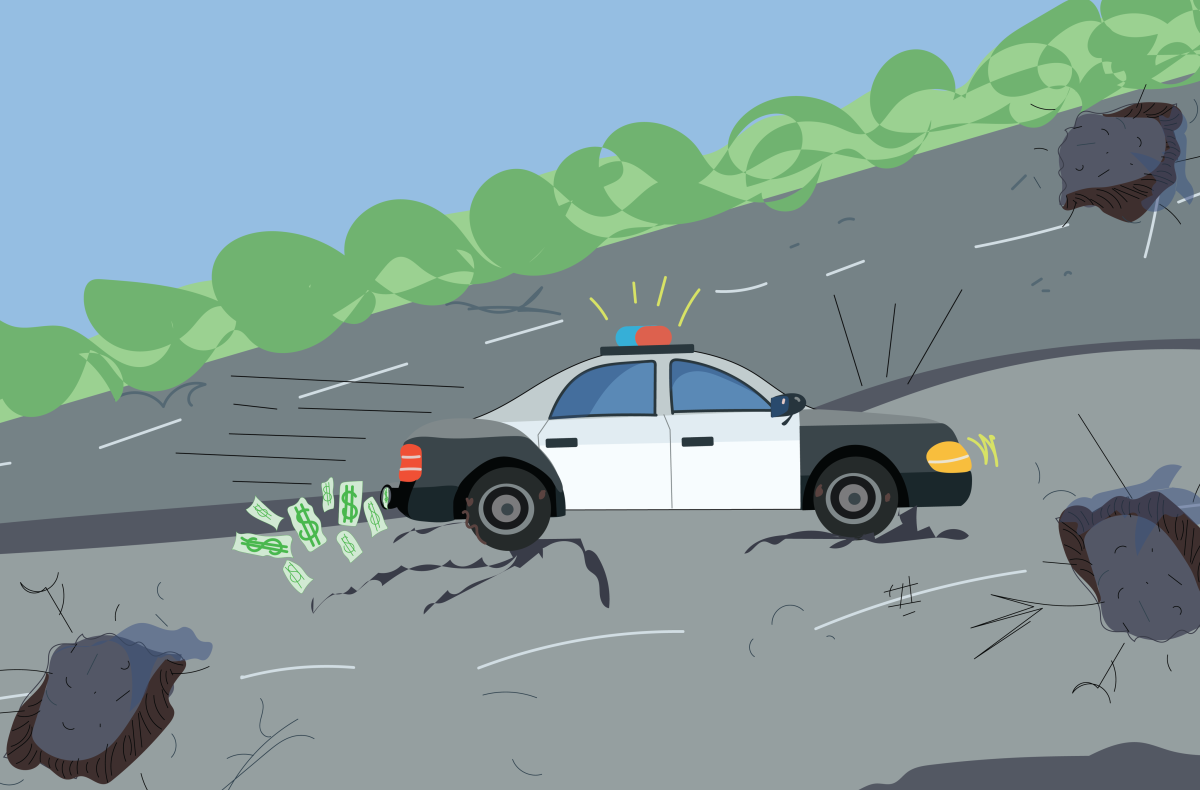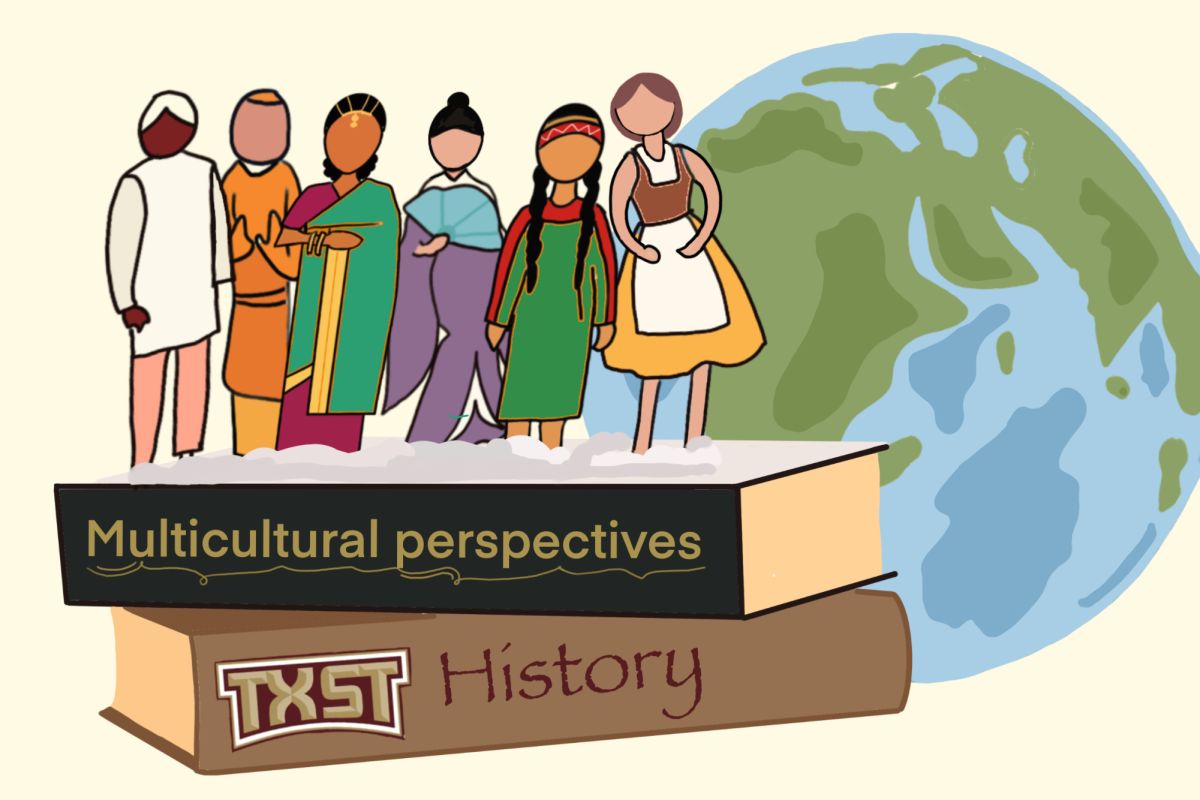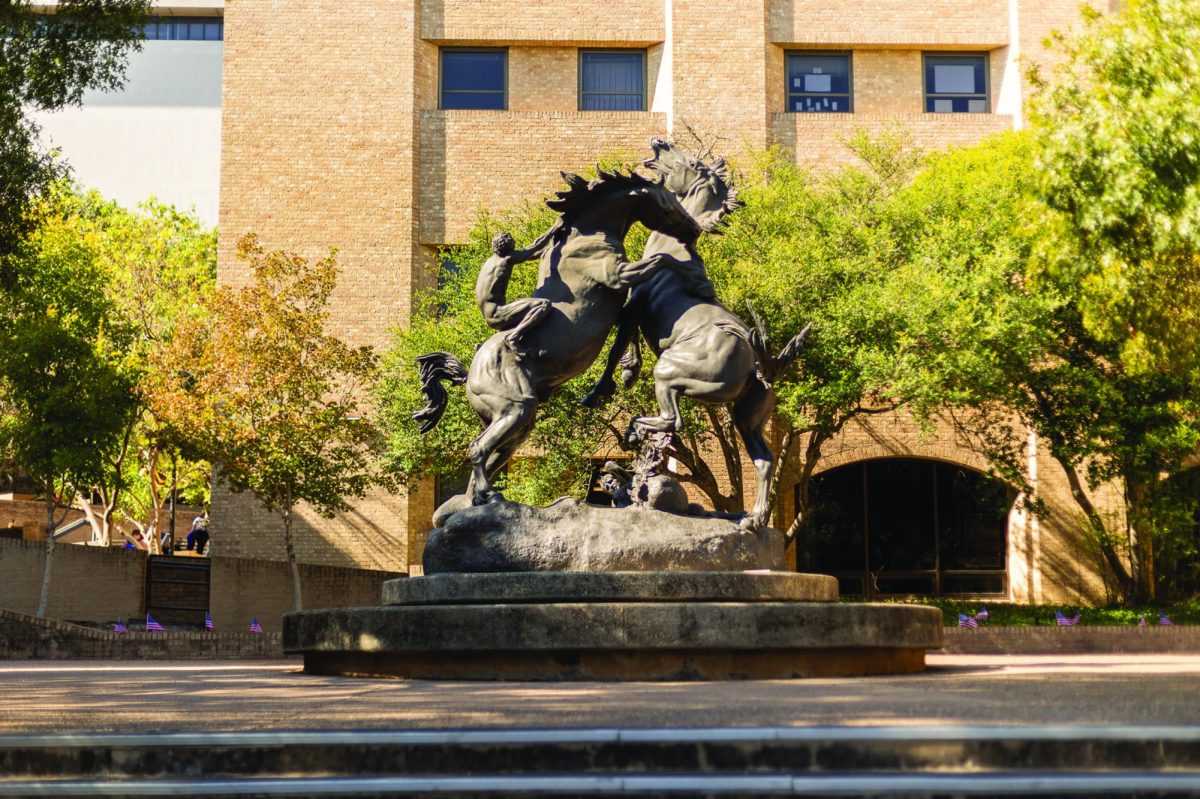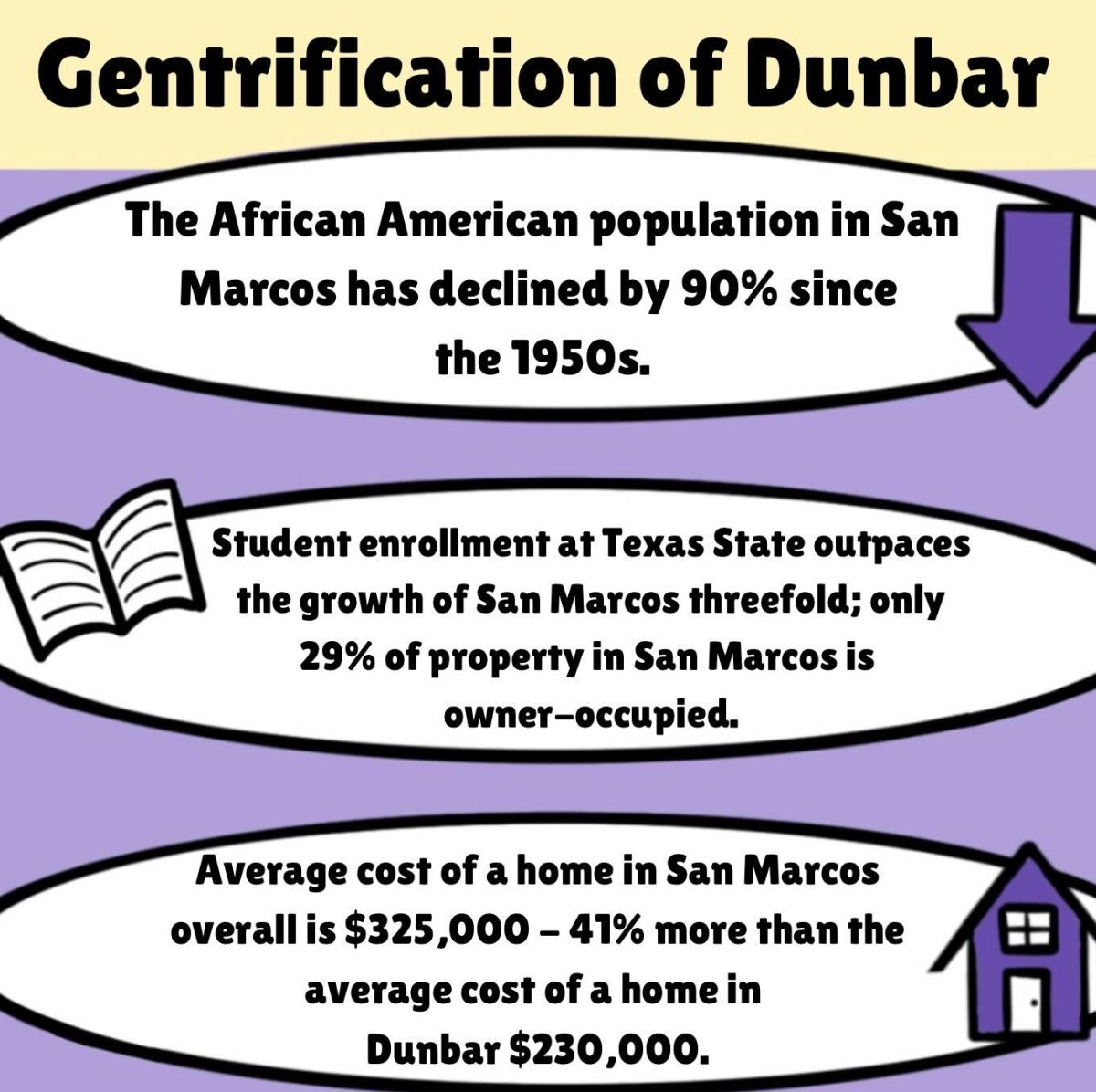In San Marcos, people are more likely to die from a car accident than a homicide. Yet the city spends more on police funding than on making roadways safer.
In 2021 there were 3,096 vehicular crashes in Hays County, 25 of which were fatal. Of those crashes, 1,322 happened in San Marcos, which resulted in seven fatalities. That same year, there were two homicides in San Marcos.
It is not wise to focus too much of the city’s funds on any area when others compete for limited funds. The appropriate allocation of these funds is essential to develop a safe city. San Marcos needs to reevaluate its budget allocations.
The poverty rate in San Marcos is 28.9%, according to the 2021 census. In contrast, the national poverty rate was 11.6%. San Marcos spends more on police funding than social services. This means that San Marcos and Texas are spending way more on the effects of social issues than on the cause.
Crime and poverty are two social issues that are heavily intertwined and co-dependent. Areas with higher poverty rates have higher crime rates the majority of the time; the Department of Justice has studied this. We have the hindsight to know that inequity has a lot to do with poverty, seeing the lasting effects of social injustice. Too often, areas that are struggling with poverty today are those which struggled with poverty for years.
For several years, there has been a significant focus on gentrification. Areas that were poor in the 1970s are still poor today. The regions that gentrify are those in a perfect storm of cheap property, high-profit margins and an influx of higher-income earners interested in the area. When these areas get redeveloped, amenities often drive out the existing residents due to increased property appraisal.
For example, Homeowners Loan Corporation (HOLC) redlining maps produced in the 1930s depicting San Antonio, Texas, illustrate that the inner city’s east, south and west areas struggled with poverty and racial inequity then and still do. This reality is true in most major metropolitan areas.
There are inner-city redeveloped areas in San Antonio, like Southtown. However, Southtown borders the King William district and the Eastside Promise Neighborhood. Though President Obama recognized the Eastside Promise Neighborhood as one of the first five nationally recognized Promise Zones in 2014, the neighborhood is still struggling to achieve economic growth and stability, which is why it’s so important to focus on neighborhood revitalization rather than gentrification.
Criminologists would likely attribute the struggles of neighborhoods like Eastside Promise to the Broken Window Theory, which argues that visible signs of crime, anti-social behavior and civil disorder create an urban environment that encourages further crime. However, the broken window theory is the effect and not the cause. Why have specific communities struggled with poverty for decades? They didn’t always have as many broken windows as they do now. That’s what happens when you don’t put any funding into communities. As the historical redline maps prove, this issue is persistent.
The concern with all social issues is that they are costly to fix, and communities don’t have one or two problems. Sheryl Sculley, former San Antonio City Manager, was a proponent of distributing funds equally across departments. She is infamous for shutting down police and fire collective bargaining efforts because she was critical of their tendency to want the largest piece of the pie. She wasn’t anti-police and fire; she was pro-City.
In this year’s Fiscal Year 23 budget deliberations for San Marcos, two items of contention were how the tax rate could potentially negatively impact the city’s poorest residents and whether or not it is appropriate to allocate additional funds to public safety.
Managing a delicate fund allocation between poverty and the police is difficult for public administrators. The public works department needs as much funding as the police department, which needs as much as the social services department, which requires as much as the recreation and tourism department. A balanced budget is a key to community success.
Public safety is a genuine concern, particularly in a college town like San Marcos. However, San Marcos must focus on other departments just as much if they want to reduce poverty and crime, a delicate task that cities across Texas are working to navigate. According to the City of San Marcos’s published Fiscal Year 2022 budget, $8.05 million were allocated for community development, $6.33 million for parks & recreation and $3.28 million for neighborhood enhancement. Meanwhile, administrators allocated $34.36 million to public safety.
We are focusing more on cleaning up the problems rather than preventing them. For example, we focus on transportation alternatives, environmentalism, childcare options, housing stability, food security, job training, economic development and business retention as much as we focus on public safety. In that case, our crime rate will make improvements.
-Lindsey Boyd is a public administration graduate student
The University Star welcomes Letters to the Editor from its readers. All submissions are reviewed and considered by the Editor-in-Chief and Opinion Editor for publication. Not all letters are guaranteed for publication.
Opinion: A fight for funding; police vs. poverty
Lindsey Boyd, Opinions Contributor
November 10, 2022
0
Donate to The University Star
Your donation will support the student journalists of Texas State University. Your contribution will allow us to purchase equipment and cover our annual website hosting costs.
More to Discover














